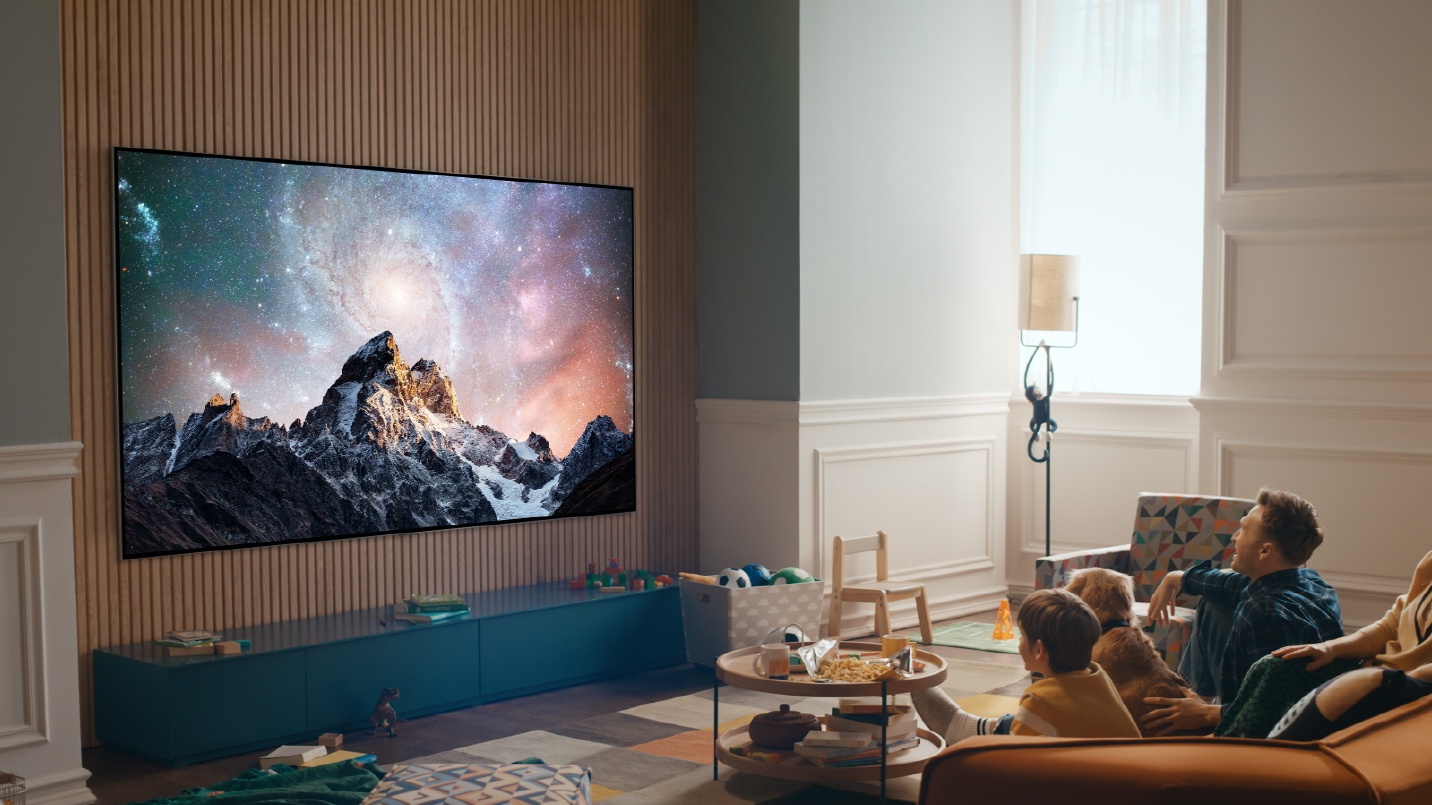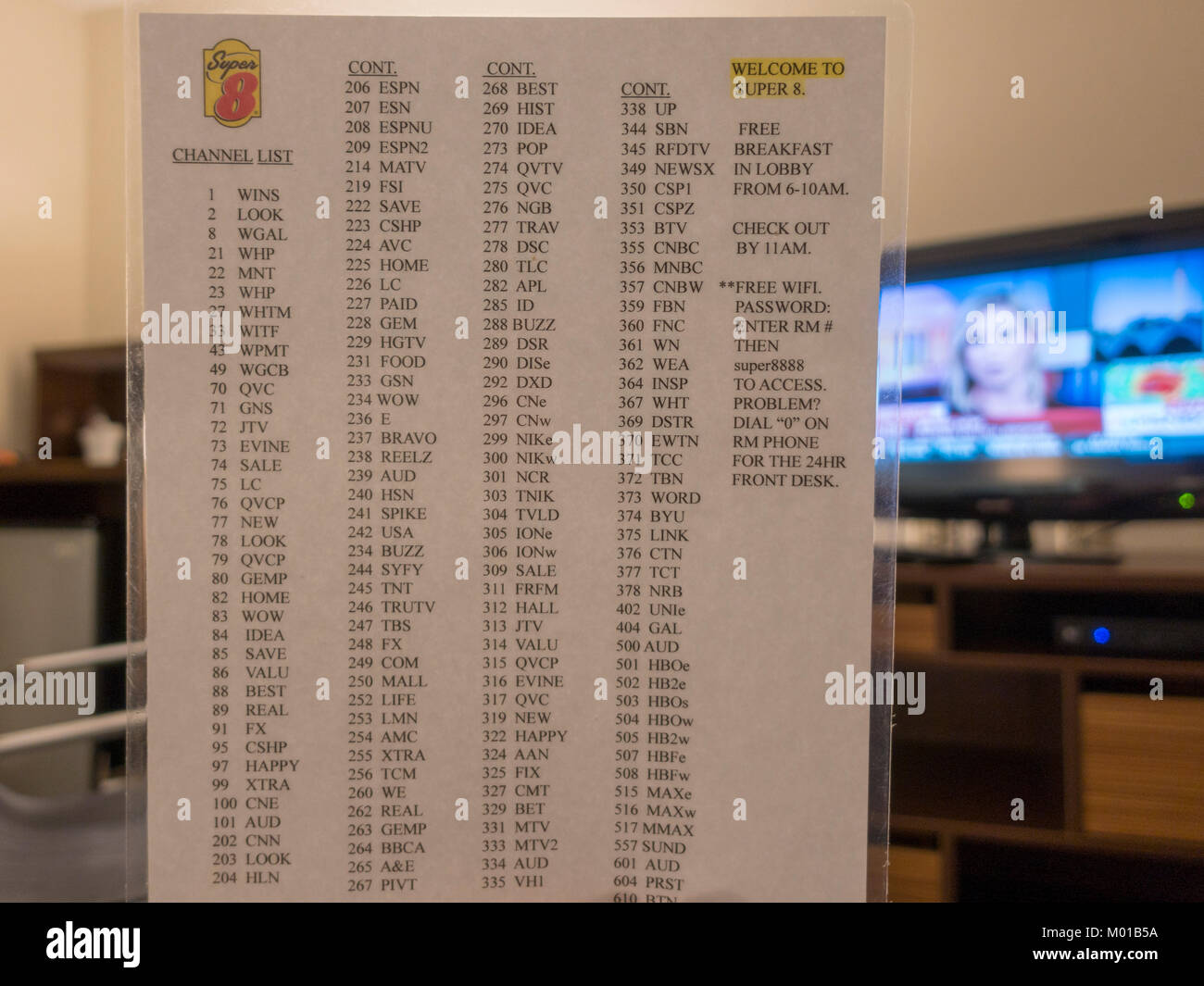Getting My Apollo Group Tv To Work
Getting My Apollo Group Tv To Work
Blog Article
The Apollo Group Tv PDFs
Table of ContentsThe Greatest Guide To Apollo Group TvGetting The Apollo Group Tv To WorkApollo Group Tv for DummiesWhat Does Apollo Group Tv Do?
In this situation, instead of having three-minute business spots during a 30-minute television program, television programming may change to one where a consumer will certainly be required to have a monthly membership, to ensure that they cen sight targeted banner advertisements. This kind of advertising and marketing already occurs on the internet, and the amount of data tv business accumulate enables them to do similar.Explain the major trends amongst the broadcasting and cord networks. Popular radio reveals such as cops dramatization Dragnet and western cowboy series Gunsmoke were adjusted for television, and new TV programs were funded by solitary marketers, just as radio shows had been.
Today, the tv industry is even more complex. Programs are funded by several marketers; programming is controlled by major media conglomerates; and the three major networks no much longer dominate the airwaves but rather share their visitors with numerous cable networks. Several aspects make up these fads within the market, including technological developments, federal government laws, and the development of new networks.

The Best Guide To Apollo Group Tv
Established in 1969, (PBS) established out of a report by the Carnegie Commission on Educational Tv, which took a look at the function of educational, noncommercial television on society. Public television was also meant to supply global access to television for customers in rural areas or visitors who might not pay for to pay for exclusive tv solutions.
The period between 1950 and 1970 is historically recognized as the. In addition to a little part of airtime managed by public tv, the 3 significant networks (known as the Big Three) dominated the tv industry, collectively representing greater than 95 percent of prime-time viewing. In 1986, Rupert Murdoch, the head of multinational firm News Corp, released the Fox network, testing the prominence of the Big Three.
Targeting young and minority audiences with shows such as Buffy the Vampire Killer, Moesha, Dawson's Creek, and The Wayans Bros., the brand-new networks wished to draw terminals far from their old network associations. Nevertheless, instead of repeating the success of Fox, UPN and WB had a hard time to make an effect. Unable to draw in lots of affiliate stations, the 2 recently established networks reached less families than their larger competitors since they were impossible in some smaller cities.
This decision led the way for the development of cable television motion picture channels, adding to the exponential growth of cable television in the 1980s and 1990s. apollo group tv app. Additional deregulation of cable in the 1984 Wire Communications Policy Act eliminated constraints on cable prices, making it possible for drivers to bill what they wanted for wire services as long as there was reliable competition to the service (a requirement that over 90 percent of all cable markets can fulfill)
An Unbiased View of Apollo Group Tv

Having produced the initial "superstation," Turner expanded his realm by starting 24-hour information network CNN in 1980. At the end of the year, 28 nationwide programming solutions were available, and the cord transformation had actually started. Over the following decade, the market underwent a duration of rapid development and appeal, and by 1994 visitors could pick from 94 fundamental and 20 premium wire solutions.
Figure 9 - https://www.kickstarter.com/profile/apollogtv01/about.16 Boosted competition from cord networks has triggered a stable decline in the networks' audience rankings. During read this post here the 1950s, the cost of producing a single tv program raised as programs ended up being longer and production prices soared. Sponsorship on network television changed from solitary sponsorship, in which a program was entirely sustained and generated by one marketer, to several sponsorship, in which advertisers bought 1- or 2-minute areas on the program
Pick one of the Big 4 networks and publish out its weekly programs schedule. Watch the network's prime-time programs over the training course of a week, noting the target market for each show.
The Of Apollo Group Tv

Straight TV, usually referred to as standard program television, includes cord and satellite tv. It's called "straight" because material adheres to a predetermined programs timetable, unlike on-demand content which the individual visitor makes a decision to enjoy based upon their very own preferences and schedule. When you ask, "What is straight TV?", think of it as the classic means of enjoying TV that has been around for years.
Report this page